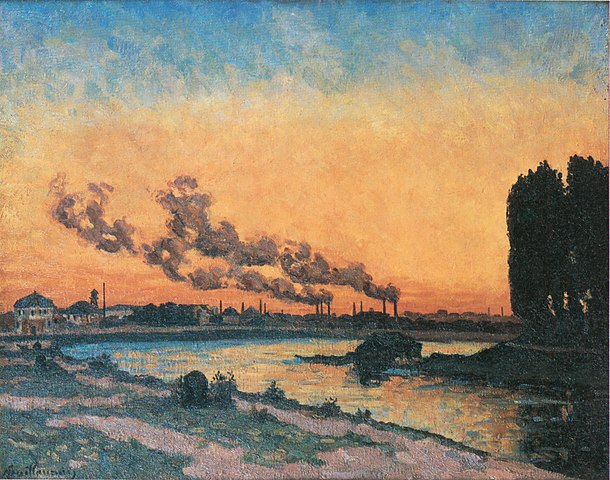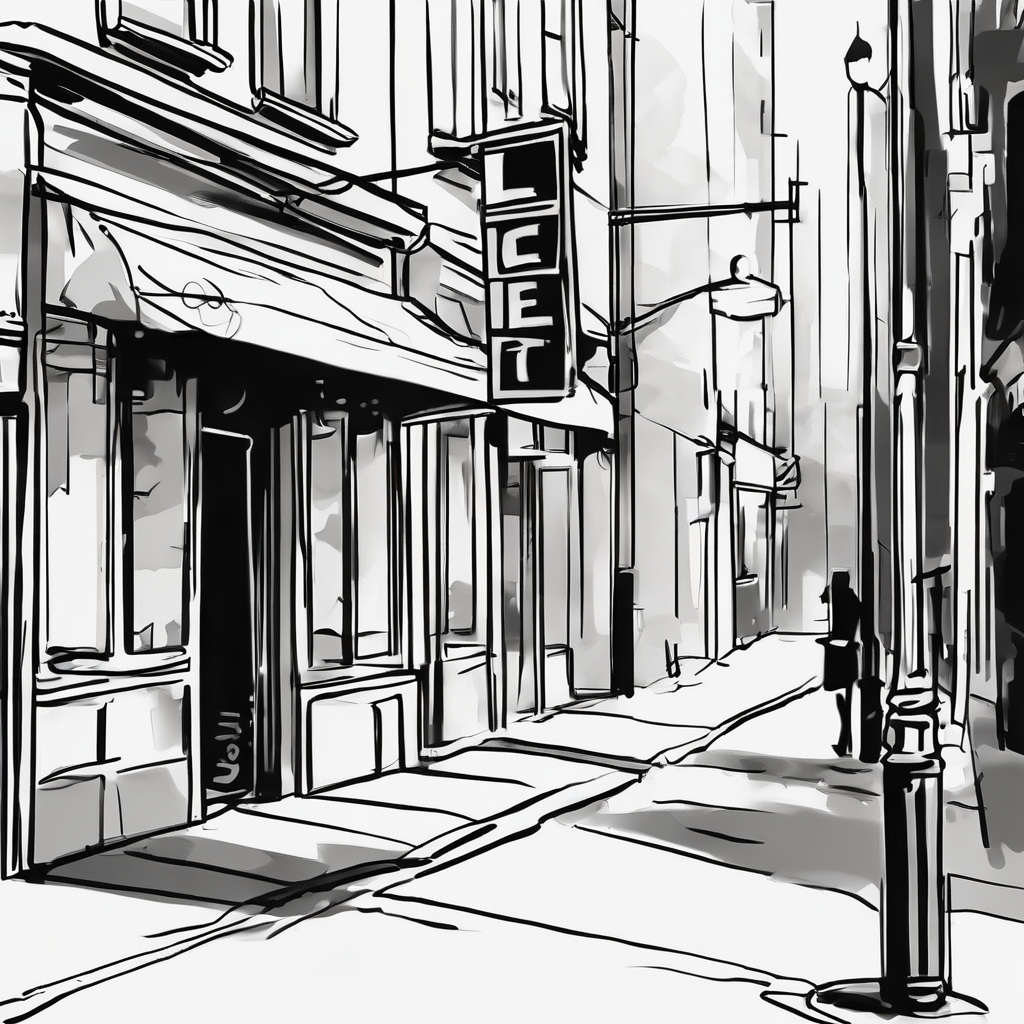Ever wondered how some drawings just have that “vibe”? That unique feeling or mood that makes them instantly appealing? That’s what we call aesthetic drawing. It’s not just about drawing pretty things, but about creating art that truly captures a feeling, a style, or a mood you want to express. Whether it’s a calm, cozy scene or a vibrant, energetic sketch, learning the basics of aesthetic drawing can help you make your artwork truly stand out and resonate with others. It’s about blending your personal touch with design principles to create something beautiful and impactful. This guide will walk you through the essential tips to start your journey in creating drawings that truly capture your unique vibe.
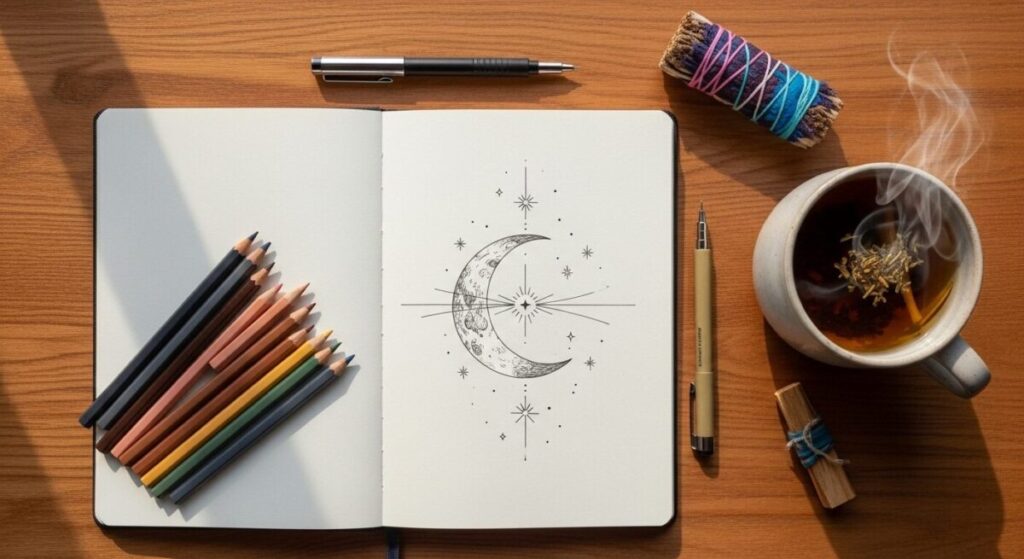
Key Point Summary:
- Define Your Vibe: Start by understanding the emotion or mood you want to convey.
- Master the Basics: Strong foundational drawing skills are crucial, even for expressive art.
- Color is King (and Queen): Colors profoundly impact the aesthetic; learn color theory.
- Composition Matters: Arrange elements to guide the viewer’s eye and enhance the mood.
- Explore Styles: Experiment with different art styles to find what speaks to you.
- Inspiration is Everywhere: Look for ideas in nature, everyday objects, and personal experiences.
- Practice Makes Perfect: Consistent drawing and experimentation are key to developing your aesthetic.
What Exactly is Aesthetic Drawing?
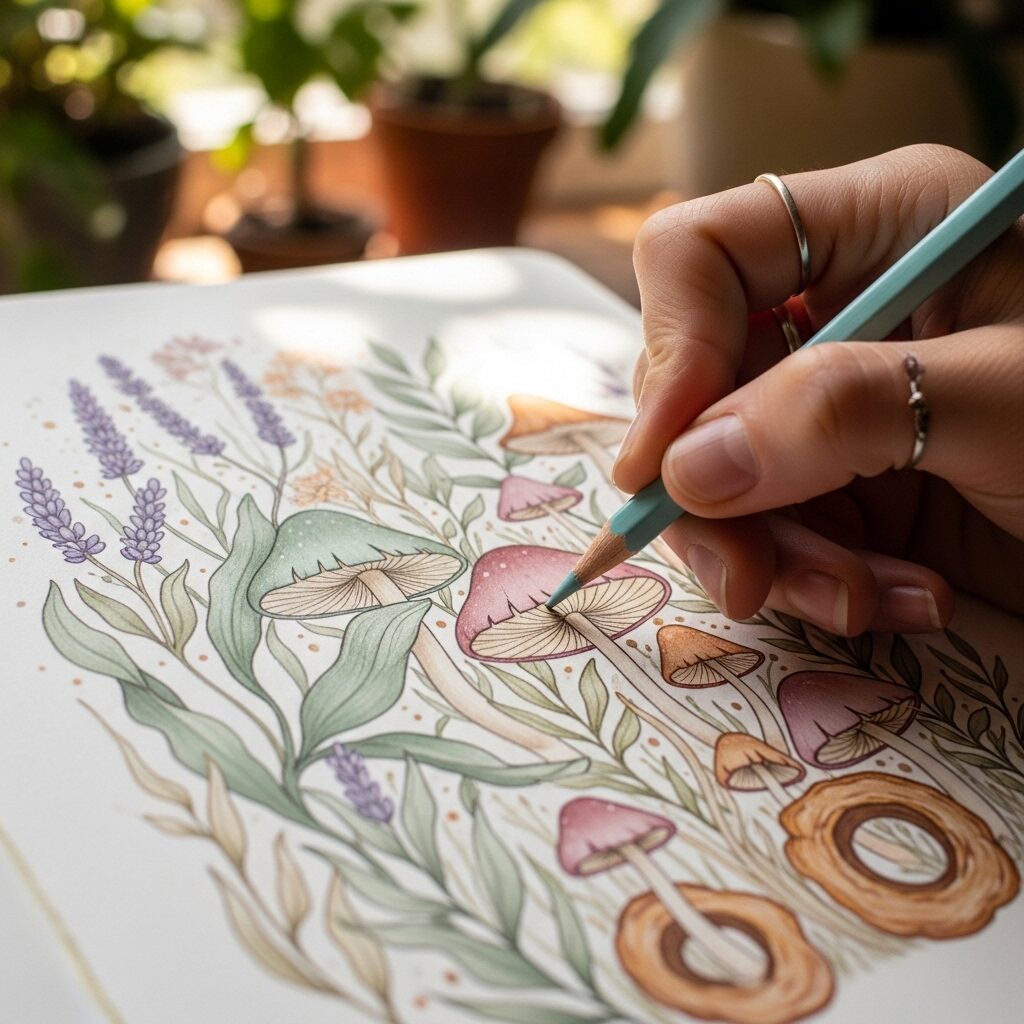
Aesthetic drawing goes beyond just realistic representation. It’s about focusing on the overall visual appeal and the feeling your artwork evokes. Think of it like a song that makes you feel happy, sad, or nostalgic – aesthetic drawing aims to do the same visually. It often involves a thoughtful use of color palettes, shapes, lines, and textures to create a specific atmosphere or style. It’s a form of self-expression where your unique perspective shines through every stroke. For example, a drawing of a calm forest might use soft greens and browns, flowing lines, and a sense of quiet space to evoke peace.
Finding Your Unique Vibe
Before you even pick up a pencil, think about the mood or feeling you want your art to have. Do you love cozy, warm feelings? Maybe a cottagecore aesthetic is for you. Are you into edgy, mysterious vibes? Dark academia or gothic elements might be your jam. Your personal experiences, favorite music, movies, or even memories can be great starting points. The more you connect with what truly inspires you, the more authentic your aesthetic drawings will become.
- Brainstorm Emotions: What emotions do you want your art to make people feel? Joy, peace, mystery, excitement?
- Create Mood Boards: Collect images, colors, textures, and even words that represent your desired vibe. Pinterest is a fantastic tool for this!
- Think About Your Story: What story do you want your drawing to tell, even if it’s just a feeling?
Essential Tips for Beginners
1. Master the Fundamentals (Seriously!)

Even if you want to draw cool, abstract stuff, knowing the basics helps a ton. Understanding shapes, lines, perspective, and light and shadow will give you the control you need to make your aesthetic visions come true. It’s like knowing how to play scales before composing a song. Start by practicing simple forms like cubes, spheres, and cylinders. Then, try drawing them from different angles and with different light sources. Check out resources on Basic Drawing Techniques for Beginners for a solid foundation.
2. Color Theory: Your Secret Weapon 🎨
Colors are super powerful when it comes to setting a mood. Warm colors (reds, oranges, yellows) can create energetic or cozy vibes, while cool colors (blues, greens, purples) often bring a sense of calm or mystery. Learning about complementary colors, analogous colors, and monochromatic palettes will give you a huge advantage. Experiment with different color combinations to see how they change the “feeling” of your drawing.
Pro Tip: Try a limited color palette first. This can force you to be more creative with how you use the colors you have, strengthening your understanding of their impact.
3. Composition: Arranging Your Art
Composition is how you arrange everything in your drawing. A good composition guides the viewer’s eye and enhances the overall aesthetic.
- Rule of Thirds: Imagine dividing your page into nine equal squares with two horizontal and two vertical lines. Placing key elements along these lines or at their intersections can make your drawing more balanced and interesting.
- Leading Lines: Use lines (roads, fences, arms, etc.) to lead the viewer’s eye through your drawing.
- Negative Space: The empty space around your main subject is just as important as the subject itself. It helps define shapes and can create a sense of balance or tension.
4. Experiment with Different Styles
Aesthetic drawing isn’t just one style; it’s a broad category. You might love the clean lines of minimalist art, the dreamy feel of surrealism, or the expressive strokes of abstract art. Don’t be afraid to try different things!
- Line Art: Focus on clean, expressive lines.
- Doodle Art: Embrace playful, spontaneous drawings.
- Illustrative Styles: Think storybook art, often with clear narratives and defined characters.
- Monochromatic: Using different shades of a single color can create a powerful aesthetic.
Here’s a quick look at how different styles can convey different feelings:
| Drawing Style | Common Characteristics | Typical Vibe/Feeling Conveyed |
| Minimalist | Simple lines, limited colors, lots of negative space | Calm, clean, sophisticated, modern |
| Whimsical | Playful, exaggerated shapes, bright colors, often fantasy-inspired | Joyful, dreamy, lighthearted, magical |
| Dark Academia | Moody lighting, classical architecture, books, nature elements | Mysterious, scholarly, nostalgic, melancholic |
| Cottagecore | Nature motifs, cozy settings, soft colors, vintage feel | Peaceful, comforting, idyllic, rustic |
| Vaporwave | Neon colors, retro tech, classical statues, gradients | Nostalgic, dreamy, futuristic, sometimes unsettling |
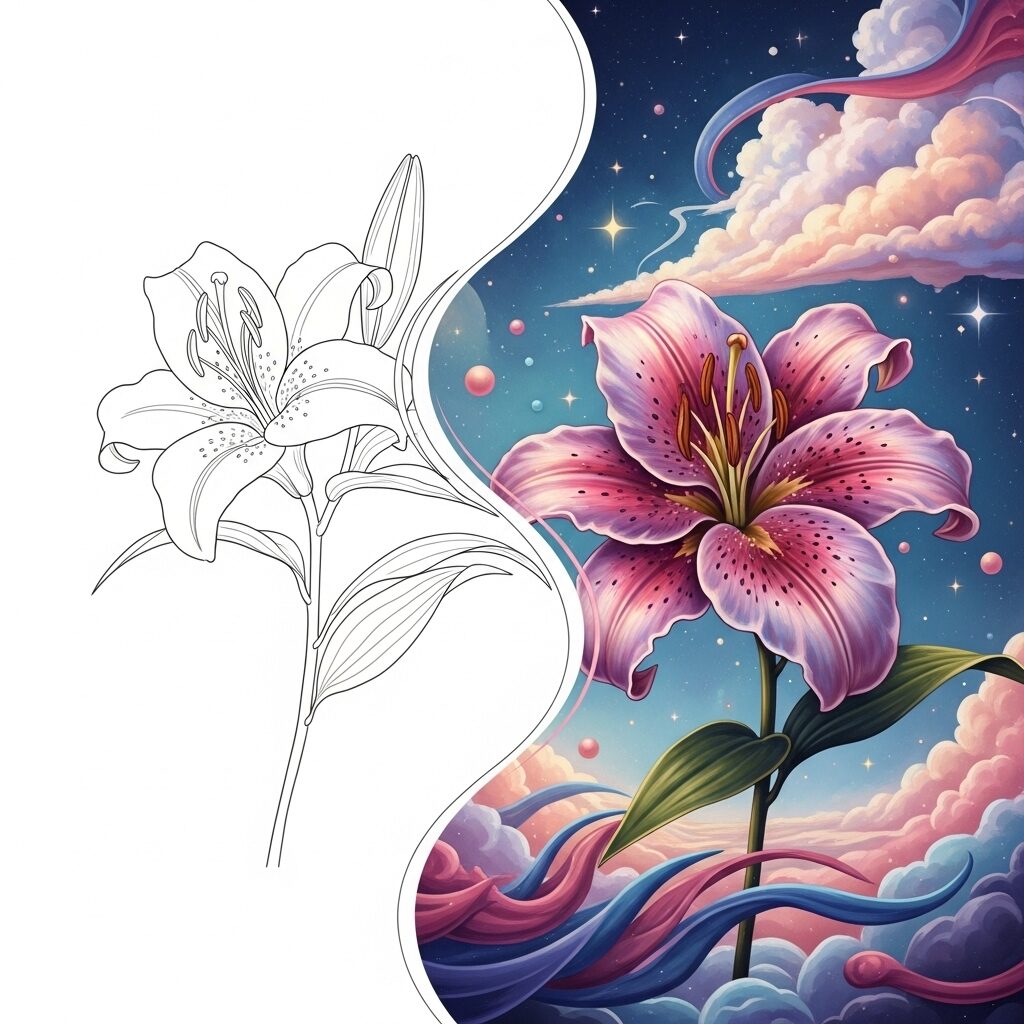
For more on different art forms, explore the Vibrant World of Pop Art or delve into Understanding Impressionism in Art.
5. Find Inspiration Everywhere
Aesthetic drawing ideas are all around you!
- Nature: Flowers, leaves, trees, landscapes, animals, and celestial bodies like the moon and stars are classic aesthetic subjects. Try drawing a Simple Tree Drawing.
- Everyday Objects: A cozy cup of coffee, a pile of books, a vintage camera, or even a simple plant can become the subject of an aesthetic drawing.
- Architecture: Old buildings, city skylines, or even detailed window frames can offer unique aesthetic elements. Learn about Capturing Architectural Beauty.
- Emotions and Concepts: Sometimes, the most aesthetic drawings don’t depict a physical object but rather an abstract idea or emotion.
As the famous artist Vincent van Gogh once said,
“I dream my painting, and then I paint my dream.”
This perfectly encapsulates the essence of aesthetic drawing – bringing an internal vision or feeling to life on paper.
6. Tools of the Trade (But Don’t Break the Bank!)
You don’t need fancy supplies to start. A simple pencil, eraser, and sketchbook are enough. As you get more comfortable, you can experiment with:
- Colored Pencils: Great for layering and blending colors.
- Markers: Offer vibrant, bold colors and clean lines.
- Fineliners/Ink Pens: Perfect for crisp line art and intricate details.
- Digital Tools: If you have a tablet and drawing software, digital art offers endless possibilities for experimentation with colors and effects.
Capturing Your Vibe: The Expressive Side of Art
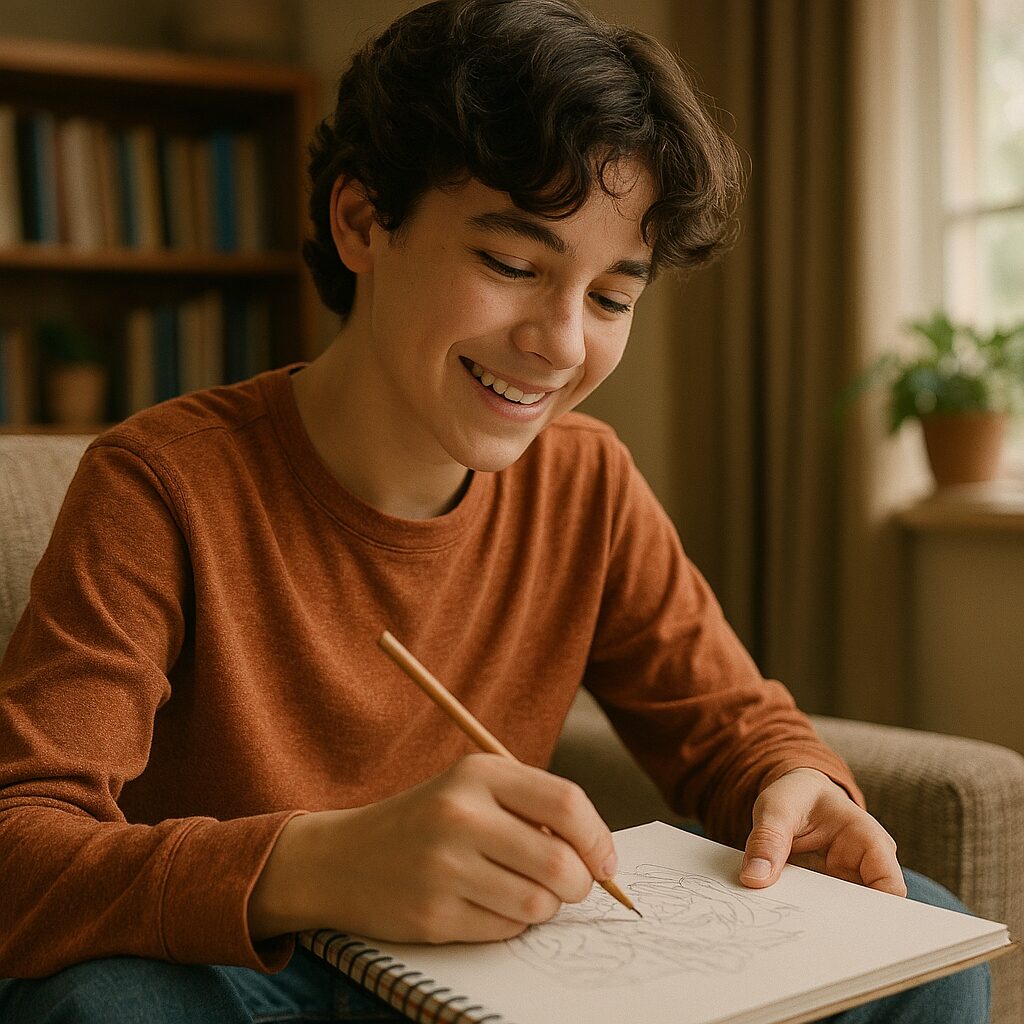
To truly capture a “vibe,” think about how elements within your drawing contribute to it:
- Lines: Wavy lines can feel calm, jagged lines can feel energetic, and straight lines can feel orderly.
- Shapes: Organic, flowing shapes often feel natural and soft, while geometric shapes can feel modern and structured.
- Texture: Even in a drawing, you can suggest textures – the smoothness of glass, the roughness of bark – which adds to the sensory experience and overall vibe.
- Light and Shadow: How light falls on your subject can dramatically change the mood. Soft, diffused light creates a gentle vibe, while strong contrasts can be dramatic. This is key to Mastering Light and Shadow in Painting.
- Movement: Even in a static drawing, you can imply movement through dynamic lines or composition, making the art feel more alive or energetic.
Overcoming Creative Blocks
Everyone faces creative blocks. When you feel stuck:
- Take a Break: Step away from your drawing for a bit.
- Look for New Inspiration: Browse art books, visit a gallery, or explore new artists online.
- Do a Drawing Challenge: Give yourself a theme (e.g., draw something blue, draw something from your dreams).
- Doodle Freely: Sometimes, just letting your hand move without a goal can spark an idea.
- Simplify: Break down complex ideas into simpler shapes or concepts.
Remember, aesthetic drawing is a journey, not a destination. It’s about enjoying the process, experimenting, and letting your creativity flow. The more you draw, the more you’ll discover your unique artistic voice and the “vibe” you want to share with the world. For another perspective on creating evocative art, consider exploring Unveiling the Layers of Mixed Media Art.
FAQs: Aesthetic Drawing
Q1: What makes a drawing aesthetic?
A: A drawing is considered aesthetic when it focuses on creating a specific mood, feeling, or visual appeal rather than just replicating reality. This is achieved through thoughtful use of color, composition, style, and subject matter to evoke an emotion or represent a particular “vibe”. It’s about the overall harmonious and pleasing visual experience.
Q2: What are some easy aesthetic drawing ideas for beginners?
A: Beginners can start with simple subjects like celestial bodies (moon, stars, clouds), simple plant motifs (leaves, flowers), everyday objects (books, coffee cups), or minimalist landscapes. Doodling with a specific color palette can also be a great way to start exploring aesthetic drawing without pressure.
Q3: How can I improve my aesthetic drawing skills?
A: To improve, practice regularly, focus on fundamental drawing skills, experiment with different art styles and mediums, and study color theory and composition. Seek inspiration from various sources, analyze what makes certain artworks aesthetically pleasing to you, and don’t be afraid to try new techniques.
Q4: What is the difference between aesthetic drawing and realistic drawing?
A: Realistic drawing aims to accurately portray subjects as they appear in the real world, focusing on precise proportions, details, and light. Aesthetic drawing, while it can incorporate realism, prioritizes evoking a specific mood or feeling through stylistic choices, color, and composition, often abstracting or simplifying reality to achieve a desired “vibe”.
Citations Section
- Art in Context. “Aesthetic Things to Draw – Learn How to Draw Aesthetic Images.” Art in Context, May 23, 2023. https://artincontext.org/aesthetic-things-to-draw/
- Shihori Obata. “30 Cool Aesthetic Drawing Ideas.” Shihori Obata, https://www.shihoriobata.com/blog/aesthetic-drawing-ideas/
- Pinterest. “Aesthetic Drawing Step by Step.” Pinterest, https://www.pinterest.com/ideas/aesthetic-drawing-step-by-step/943920025553/
- Bardot Brush. “30 Art Styles to Try in Procreate.” Bardot Brush, https://bardotbrush.com/30-art-styles-to-try-in-procreate/
- Kim Victoria. “Art with Good Vibes.” Kim Victoria, October 12, 2018. https://www.kimvictoria.com/blog/art-with-good-vibes
- Sky Rye Design. “Drawing Ideas Aesthetic: Unlock Your Creative Inspiration!” Sky Rye Design, October 25, 2024. https://skyryedesign.com/art/drawing-ideas-aesthetic/

